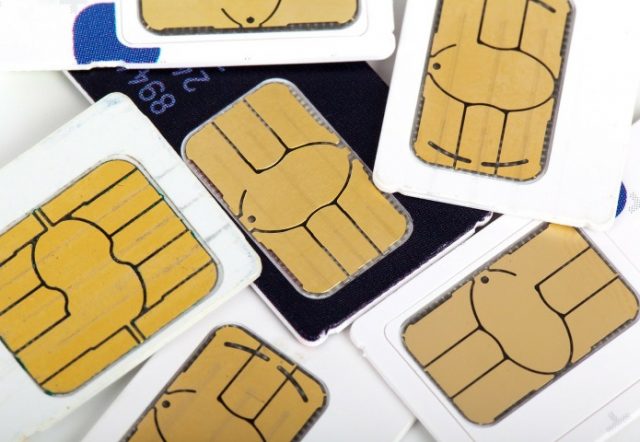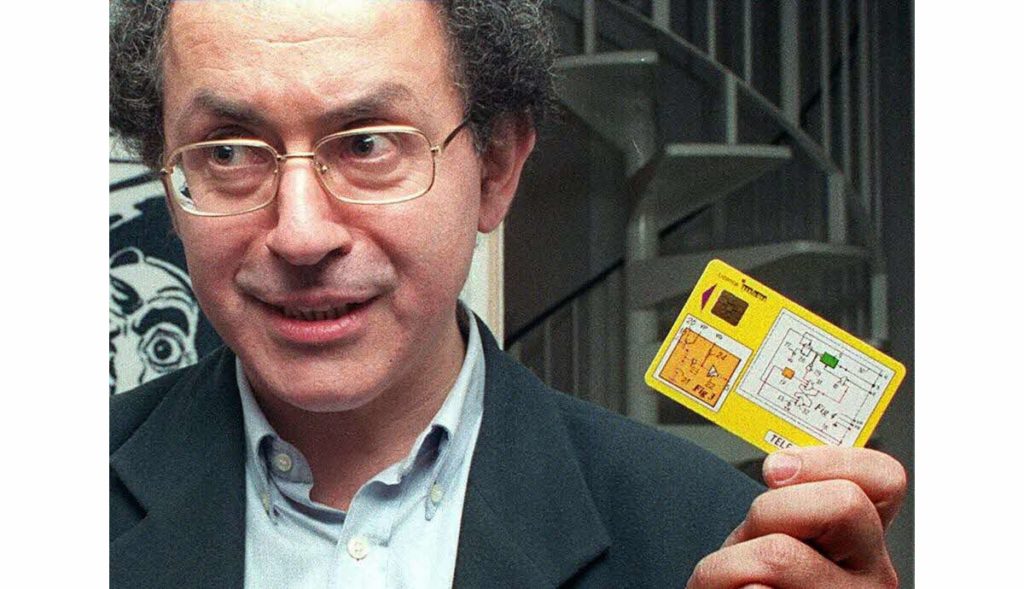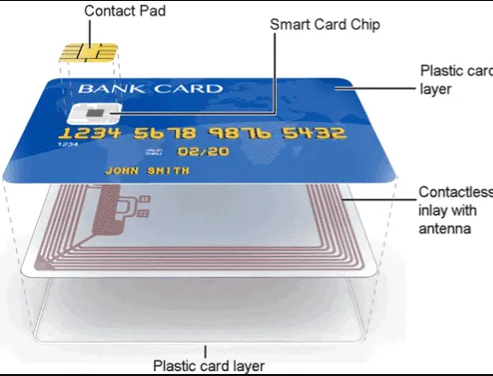The smart card celebrates its 50th anniversary
The story of the smart card (or integrated circuit card), now celebrating its golden jubilee, is a narrative of innovation, adaptation, and transformation that has revolutionized the way we interact with technology in our daily lives. From its inception in the early 1970s to its present-day applications in various fields such as finance, telecommunications, and security, the smart card has become an integral part of modern digital infrastructure.
The genesis of the smart card can be traced back to the early 1970s when French inventors Roland Moreno patented the concept of a memory card with a microprocessor. This innovation was groundbreaking, as it allowed for the secure storage and processing of data within a compact, portable form factor. Moreno’s vision was to create a device that could facilitate secure transactions and data exchanges, a need that was rapidly becoming apparent with the advent of digital technology and electronic data processing.
Throughout the 1980s, the smart card began to find its footing in various applications. One of the first widespread uses was in the telecommunications sector, where smart cards were used as SIM cards for mobile phones. This application highlighted the card’s ability to securely store subscriber information and facilitate mobile connectivity, laying the groundwork for the mobile revolution that would follow.
The Way for Contactless Payment Methods
In the financial sector, smart cards revolutionized the way transactions were conducted. The introduction of chip-enabled credit and debit cards significantly enhanced the security of financial transactions by making it more difficult to clone or fraudulently use payment cards. This technology also paved the way for contactless payment methods, which have become increasingly popular for their convenience and speed.
The turn of the millennium saw the smart card evolve beyond its financial and telecommunications roots to become a versatile tool in identity verification and access control. Governments and private organizations began to employ smart cards for secure identification, access to secure facilities, and even as electronic passports. This widespread adoption underscored the card’s utility in enhancing security and privacy in a rapidly digitizing world.
Today, the smart card technology continues to evolve, embracing advancements in encryption, biometrics, and wireless communication. The integration of smart cards with emerging technologies like Near Field Communication (NFC) and the Internet of Things (IoT) has opened new avenues for their application, from smart homes and offices to digital healthcare and beyond.
The Vision and Ingenuity
The journey of the smart card over the past 50 years is a testament to the power of innovation in addressing the evolving challenges and opportunities presented by the digital age. As we look to the future, the smart card is poised to remain at the forefront of the digital revolution, continually adapting to meet the changing needs of society.
The 50-year story of the smart card is not just about a piece of technology; it’s about the vision and ingenuity that have driven its development from a simple memory card to a foundational element of digital security and connectivity. As we celebrate this milestone, it’s clear that the smart card will continue to play a crucial role in shaping the future of technology and society.
Photos : dna.fr/ imimg.com /


















There are no comments
Add yours